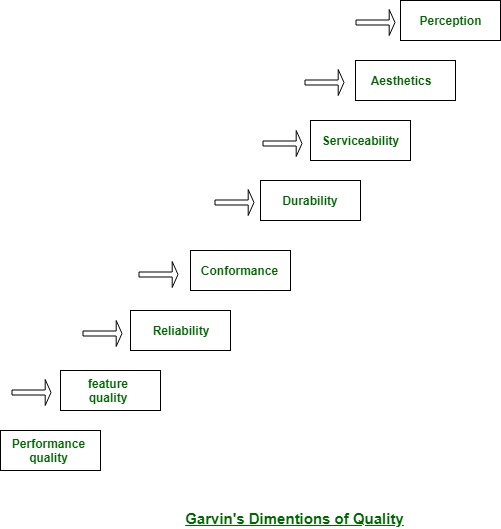Published by: Zaya
Published date: 04 Jun 2021

Quality management is the act of overseeing all activities and tasks needed to maintain a desired level of excellence. This includes the determination of a quality policy, creating and implementing quality planning and assurance, and quality control and quality improvement.
Quality is a complex concept to define and explain. There is no widely accepted definition of quality. No two people agree precisely on how to describe and define quality. Maintaining the quality of a product or service is an important part of any scheme of production and operations control. In general, quality management focuses on long-term goals through the implementation of short-term initiatives. Quality is the ultimate test of an organization's performance and excellence. Organizations around the globe have been striving to excel in quality. Quality is the only factor that ensures an organization's survival and growth. Quality focuses on meeting consumer needs, meeting or exceeding the competition, improving continuously, and extending these concerns to all phases of business.
David A. Garvin (1997) has suggested eight dimensions, which together explain the meaning of quality.

1. Performance
Performance refers to a product's primary operating characteristics. This dimension of quality involves measurable attributes; brands can usually be ranked objectively on individual aspects of performance.
2. Features
Features are additional characteristics that enhance the appeal of the product or service to the user.
3. Reliability
Reliability is the likelihood that a product will not fail within a specific time period. This is a key element for users who need the product to work without fail.
4. Conformance
Conformance is the precision with which the product or service meets the specified standards.
5. Durability
Durability measures the length of a product’s life. When the product can be repaired, estimating durability is more complicated. The item will be used until it is no longer economical to operate it. This happens when the repair rate and the associated costs increase significantly.
6. Serviceability
Serviceability is the speed with which the product can be put into service when it breaks down, as well as the competence and the behavior of the service person.
7. Aesthetics
Aesthetics is the subjective dimension indicating the kind of response a user has to a product. It represents the individual’s personal preference.
8. Perceived Quality
Perceived Quality is the quality attributed to a good or service based on indirect measures.
These principles were developed in the mid-1990s by a small group of experts who were familiar with the teachings and philosophies of the well-known quality gurus of the last century.
Concept of Qality management:
Quality is a complex concept to define and explain. There is no widely accepted definition of quality. No two people agree precisely on how to describe and define quality. Maintaining the quality of a product or service is an important part of any scheme of production and operations control. In general, quality management focuses on long-term goals through the implementation of short-term initiatives. Quality is the ultimate test of an organization’s performance and excellence. Organizations around the globe have been striving to excel in quality. Quality is the only factor that ensures an organization’s survival and growth. Quality focuses on meeting consumer needs, meeting or exceeding the competition, improving continuously, and extending these concerns to all phases of business.
David A. Garvin (1997) has suggested eight dimensions, which together explain the meaning of quality.

The eight principles are:
1. Customer focus
Organizations can establish this focus by trying to understand and meet their customers’ current and future requirements and expectations.
2. Leadership
Organizations succeed when leaders establish and maintain the internal environment in which employees can become fully involved in achieving the organization’s unified objectives.
3. Involvement of people
Organizations succeed by retaining competent employees, encouraging the continuous enhancement of their knowledge and skills, and empowering them, encouraging engagement, and recognizing achievements.
4. Process approach
Organizations enhance their performance when leaders manage and control their processes, as well as the inputs and outputs that tie these processes together.
5. System approach to management
Organizations sustain success when processes are managed as one coherent quality management system.
6. Continuous improvement
Organizations will maintain current levels of performance, respond to changing conditions, and identify, create and exploit new opportunities when they establish and sustain an ongoing focus on improvement.
7. Factual approach to decision making
Organizations succeed when they have established an evidence-based decision-making process that entails gathering input from multiple sources, identifying facts, objectively analyzing data, examining cause/effect, and considering potential consequences.
8. Mutually beneficial supplier relationships
Organizations that carefully manage their relationships with suppliers and partners can nurture positive and productive involvement, support, and feedback from those entities.